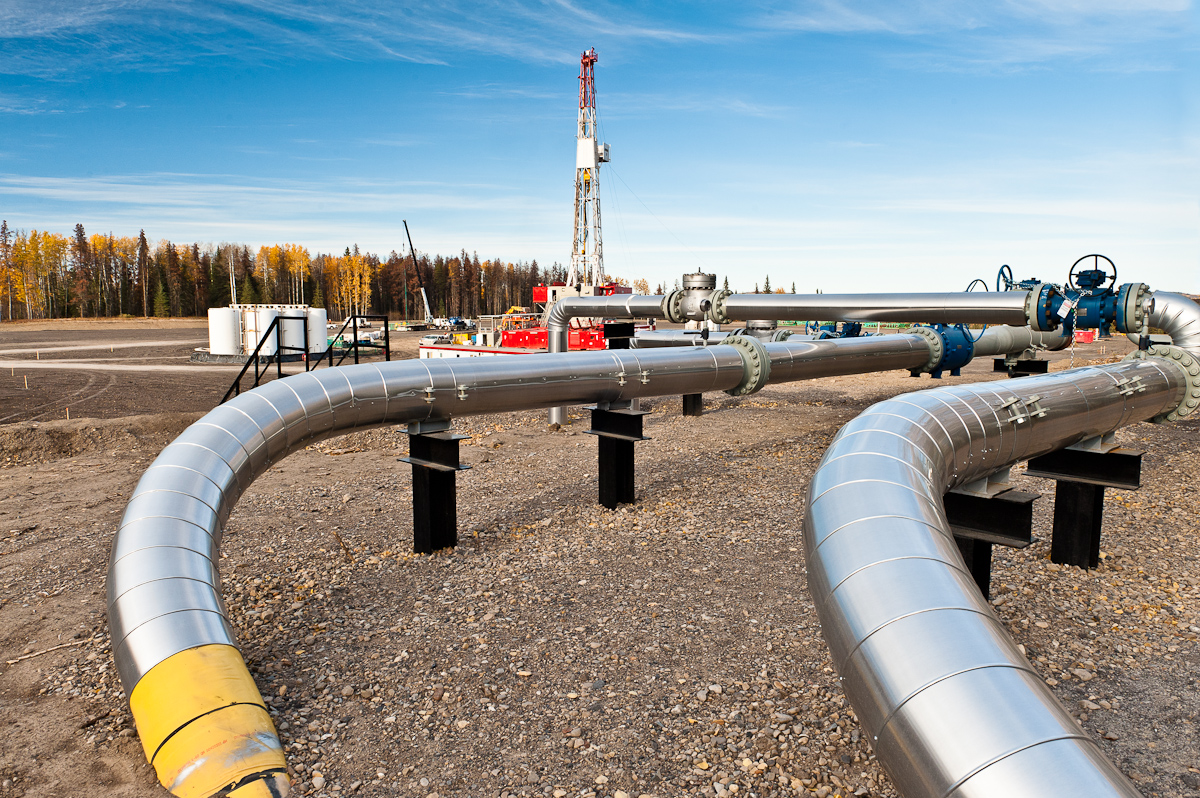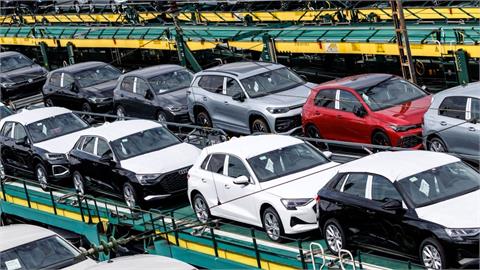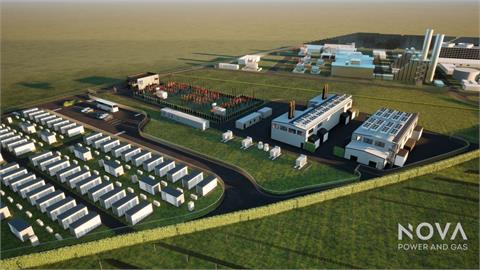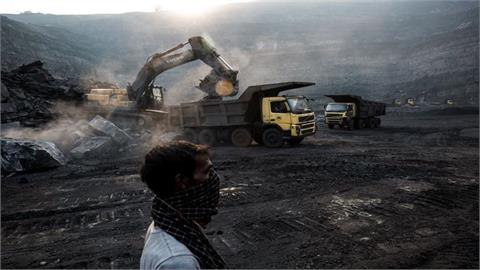By Ed Crooks In one of his characteristically compelling turns of phrase, Bill Clinton said: “So far, every single person that’s bet against America has lost money.” The best recent evidence for the truth of the former president’s 2012 proposition to the Democratic National Convention has been in the energy industry. Ten years ago, the US seemed condemned to inexorably rising imports of both oil and gas.
By Ed Crooks
In one of his characteristically compelling turns of phrase, Bill Clinton said: "So far, every single person that’s bet against America has lost money.” The best recent evidence for the truth of the former president’s 2012 proposition to the Democratic National Convention has been in the energy industry. Ten years ago, the US seemed condemned to inexorably rising imports of both oil and gas.
Since the shale production boom took off, the US has switched from worrying about imports of liquefied natural gas to planning its first exports, while in oil it is looking at the prospect of possibly regaining the previous all-time peak in production that it reached in 1970.
For the businesses and governments of North America, the boom has created a fresh set of challenges for areas such as oil and gas transport, investment decisions and environment policy. The tensions that accompany success are generally preferable to the problems of failure, but they are real nonetheless.
Rising US production has caused a sort of cosmic upheaval in North American energy. Before, the US was the dying star round which its smaller neighbours to the north and south would orbit, as their resources were sucked in by its gravitational pull. But not any more.
Before the shale revolution, it was clear for oil and gas producers in both resource-richCanadaand middle-incomeMexicothat their principal focus had to be on supplying the needs of consumers in the US, the world’s largest energy market.
Now they are realising that the US will not necessarily be prepared to buy as much as they are wish to sell.
Oil and gas producers are now being forced to seek out new markets, both among domestic buyers and customers around the world. Indeed, both countries are becoming increasingly large importers of gas from the US.
An entire trading system is being turned on its head. Across North America, producers and consumers of energy alike are fixated on issues of oil and gas transport.
The US shale boom and growing production in the oil sands of western Canada have reconfigured the demand for pipelines and other infrastructure. Regions such as the Bakken shale of westernNorth Dakota, which had very little oil production, have become important producing centres.
A surge in gas prices in the north-eastern US during the cold weather at the start of the year was a reminder that, large as the shale gas resources of the US might be, they are not much use if they cannot be delivered to customers when they are needed.
The announcement in the first week of June fromTransCanada, the pipeline company, that it intended to invest C$1.9bn ($1.73bn) in a project to help supply gas to the proposed Kitimat LNG plant planned byChevronandApachefor the west coast of Canada, was a reminder of the great opportunities that exist in building the infrastructure that will be needed.
For Canada, though, the transport problem is compounded by politics.
TheKeystone XL projectto bring diluted bitumen from the oil sands of Alberta to Nebraska, where it can connect with other pipelines in the US network, has been delayed for more than half a decade by a battle between the industry and environmental campaigners. Reluctant to offend either side, the Obama administration has repeatedly deferred the decision it needs to make on whether the project should be allowed to go ahead. As both sides of the argument admit, Keystone XL is of largely symbolic value. If it continues to be blocked, a big proportion – perhaps all – of the oil it would have carried will move in rail tanker cars instead.
The US state department’s report on the project’s environmental impact concluded that greenhouse gas emissions – the focus of green campaigners’ concerns – would actually be higher if the pipeline were rejected and the oil went by rail, and the risk of accidents would probably be higher.
Even so, the combatants are now so deeply dug in over Keystone XL that retreat for either side seems impossible.
The continuing rapid growth in oil trains is causingsafety concernsin both the US and Canada after a series of accidents.
For oil and gas companies, the possibilities of shale are still attracting high rates of investment, as many companies reshape their portfolios to increase their weighting in the US.
Marathon Oil, for example, said on June 2 it was selling its assets in the Norwegian North Sea for $2.1bn, to redeploy the capital where it would earn higher returns: in US shale.
The attractions of the US also raise questions about other investments in North America.Totalof France said late last month it planned to shelve its $10bn Joslyn oil sands mining project in Canada because the costs were too high.
It comes as the oil sands industry is reflecting on what the implications of increased competition from US production might be.
The Mexican government is having to make similar calculations, as it decides the terms for foreign energy investment.
There is great interest from the global industry in the possibilities being opened up by Mexico’s energy reforms, but companies say the details need to be right before they can commit themselves.
Meanwhile, as Michael Levi of the Council on Foreign Relations points out, there have been two energy revolutions in the US in the past 10 years. As well as the shale boom, there has been rapid growth in the production of energy from renewable sources.
The announcement last week byPresident Barack Obamaof plans to regulate carbon dioxide emissions from power plants build on a series of subsidies and regulations that have been pushing in the same direction: towards decreased use of coal and a greater role for renewables.
The US administration’s policies, which have been broadly supportive of both shale development and renewable energy, now face a pair of critical challenges.
In oil, the boom in production of US light sweet (low-sulphur) crude from shale is creating a mismatch with refining capacity that in recent years has increasingly been configured to take heavy and sour (high-sulphur) crudes.
The obvious solution would be to relax the tight restrictions imposed on crude oil exports, to allow overseas sales of light sweet oil, while the US still imports heavy and sour blends. Political pressure to keep American oil at home to benefit American consumers might stymie such a move, however, potentially leading to a glut of light sweet oil and falling prices, in turn hitting production.
An unrelated but similarly trade-related issue has cropped up insolar powerwhere, following a complaint from a German-owned company called SolarWorld, the US commerce department has said it plans to impose duties of up to 35.2 per cent on solar panels imported from China. Cheap Chinese panels have helped solar power become competitive with fossil fuels in some parts of the US, and if duties push prices up then its competitive position will be damaged.
Above all, while confidence in the outlook for the US is generally high, no one can be certain how shale production will evolve.
The US Energy Information Administration expects the country’s oil production to rise to a peak in 2020, and then begin to fall off, albeit slowly. In all the decisions they take, governments and businesses alike need to be alive to that uncertainty.
(Financial Times, June 8, 2014)




